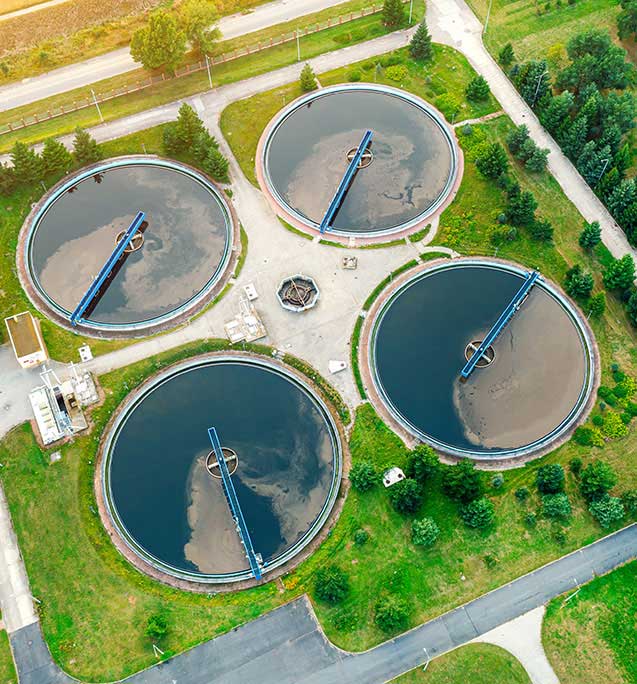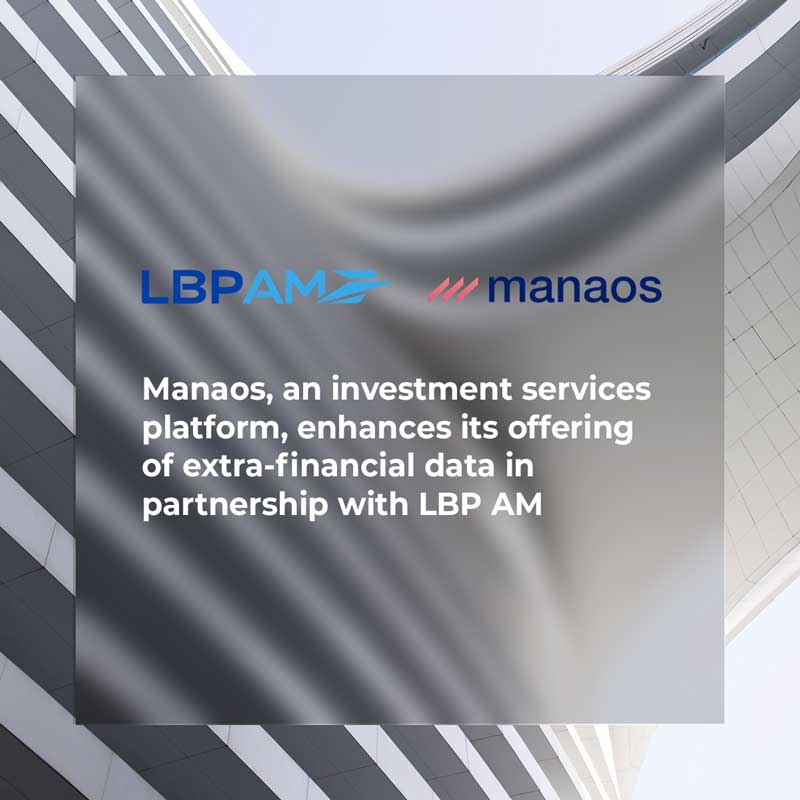GREaT: our SRI analysis methodology
Our clients want to give meaning to their investments and benefit from enhanced management of sustainability-related risks and opportunities. Thanks to GREaT, our SRI analysis methodology, our clients can assess the contribution of their investments to sustainability themes.
An exacting proprietary approach
The GREaT methodology produces a quantitative assessment of countries, companies and projects covering two different aspects: responsible business practices and the contribution of products and services to meeting the challenges of sustainability.
Our GREaT analysis has four pillars – responsible governance, sustainable resource management, the energy transition and regional development.
Almost 10,000 issuers are subject to a GREaT quantitative analysis that can be supplemented on an ad hoc basis by a qualitative analysis conducted by our managers and analysts to reflect material information not yet captured by ratings agencies.
We have also expanded GREaT to include specific characteristics of each real asset class to assess how counterparties integrate sustainability factors into their practices, products and services.

The GREaT methodology
Specific features of our
GREaT methodology

Combining quantitative and qualitative research
In equity and fixed income management, the GREaT quantative score is based on 4 pillars, 13 criteria and 60 indicators aggregated by our AGIR proprietary calculation tool. It also reflects specific sector characteristics, geographies and company size.
The methodology can be supplemented by the qualitative research of our managers and analyst, which is enhanced by their knowledge of individual companies.

Identifying companies’ positive contributions
We have developed a method to identify companies whose products and services offer solutions to societal challenges. Environmental and social solutions are categorised according to seven sustainability themes: sustainable agriculture and food, green buildings, the circular economy, renewable energies, environmental services and solutions, sustainable logistics and transport, and healthcare and well-being. We identify the companies that make a significant positive contribution to each theme through their products and services.

Sovereign issuer analysis
We have adapted the GREaT methodology to score governments that incorporate sustainable practices into their public policies that are aimed at addressing our society’s major challenges. We seek to identify governments that have resilient institutions, protect their human and natural resources, support the energy transition and encourage balanced local development.

Applying SRI to real assets and private equity
In 2014, we established a pioneering practice of integrating ESG criteria into investments in real assets and private equity. Our SRI managers and specialists have developed analysis grids based on the four GREaT pillars for private assets, encompassing corporate, infrastructure and real estate assets. These grids are used to assess the exposure of companies and projects to sustainability issues, as well as the quality of the systems put in place to address such issues and make business models more sustainable.

Evaluating enterprises in the social and solidarity economy
We support investors wanting to contribute to the development of the social and solidarity economy (SSE) via solidarity funds. To this end, we rate SSE enterprises whose internal operations and activities are based on solidarity and social utility principles. These enterprises seek to provide solutions to environmental and social challenges and their activities contribute to local development by improving access to housing for vulnerable people, facilitating social integration through employment, revitalising rural areas or promoting local products.
The LBP AM / Manaos partnership
In October 2023, investment services platform Manaos and LBP AM announced a partnership to make LBP AM's "GREaT" ESG rating methodology available on the Manaos website.
This means that GREaT scores can be automatically associated with investors' portfolio data on the Manaos platform and complemented by other scores available from its ESG marketplace. In a few clicks, these can be extracted in Excel, SFTP or API format, or integrated into ESG analysis reports and other regulatory documentation.
